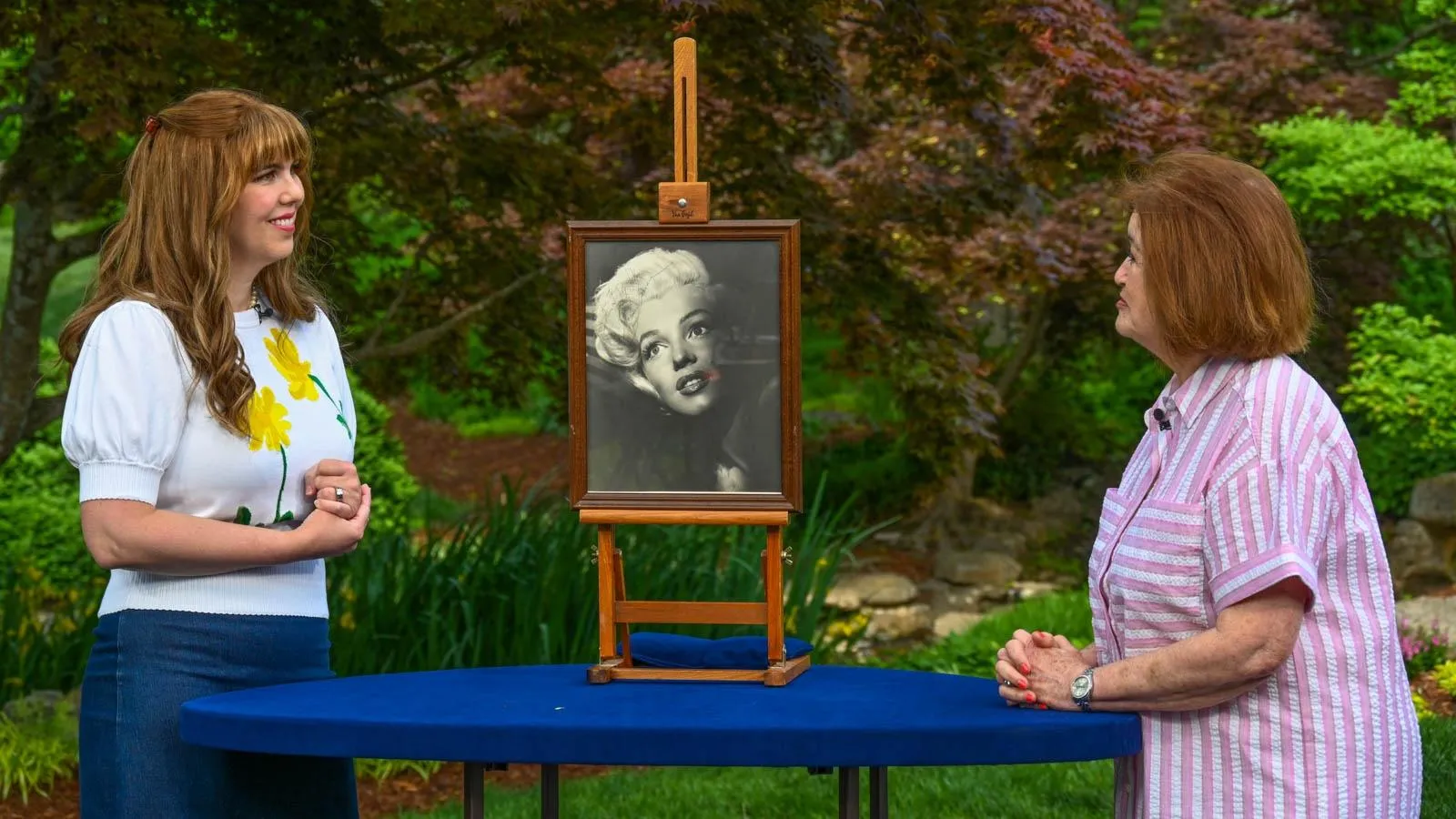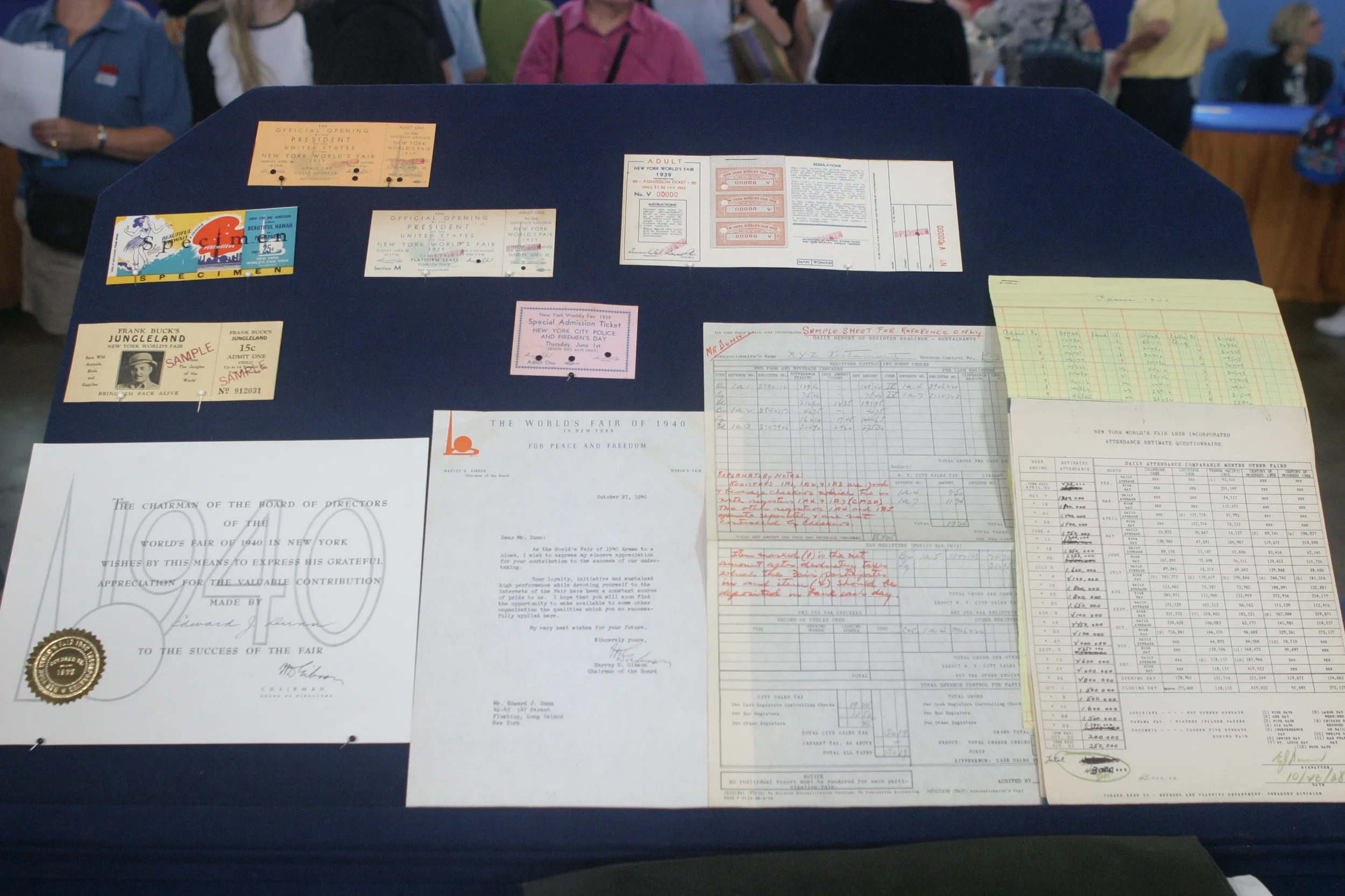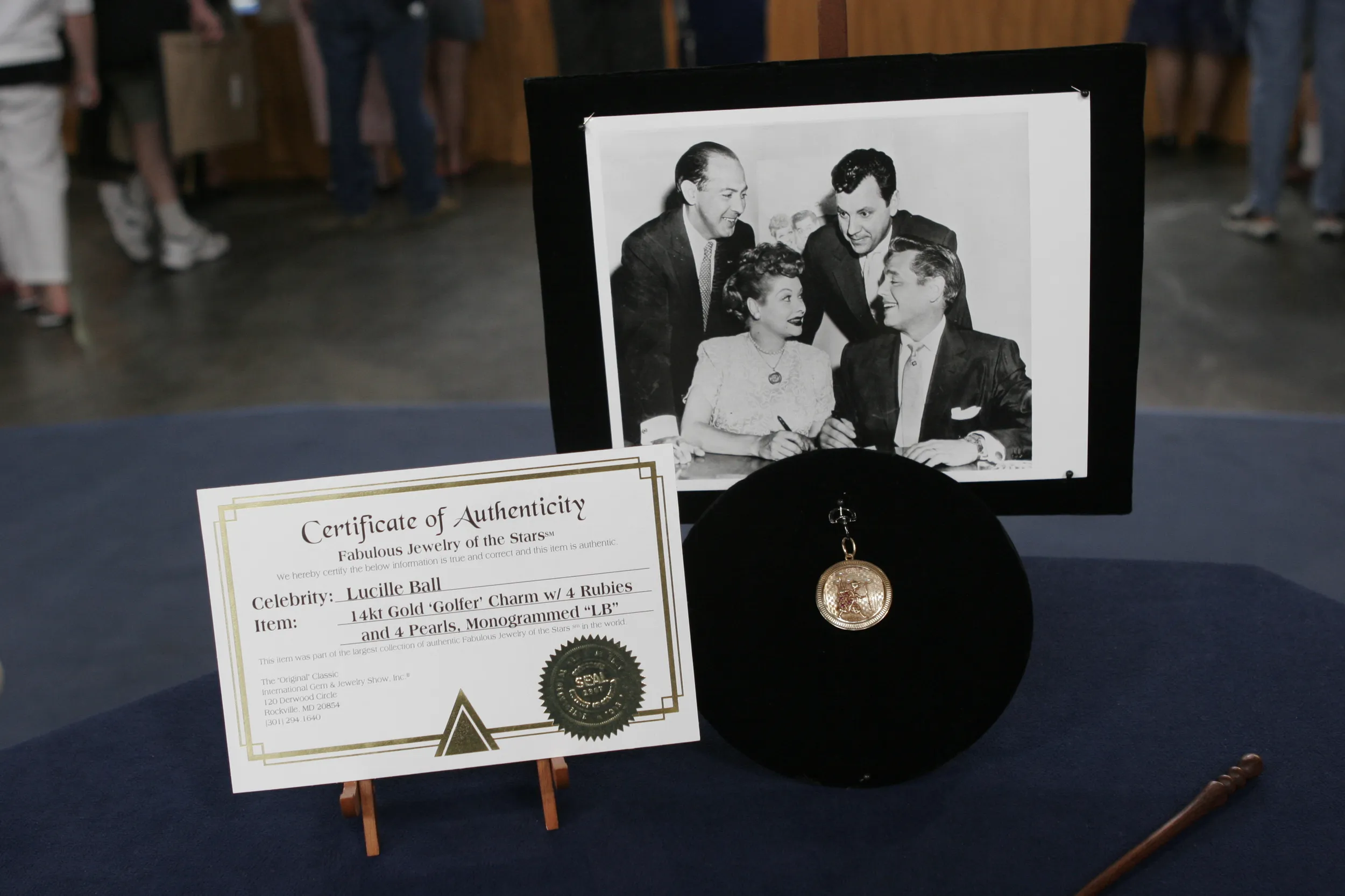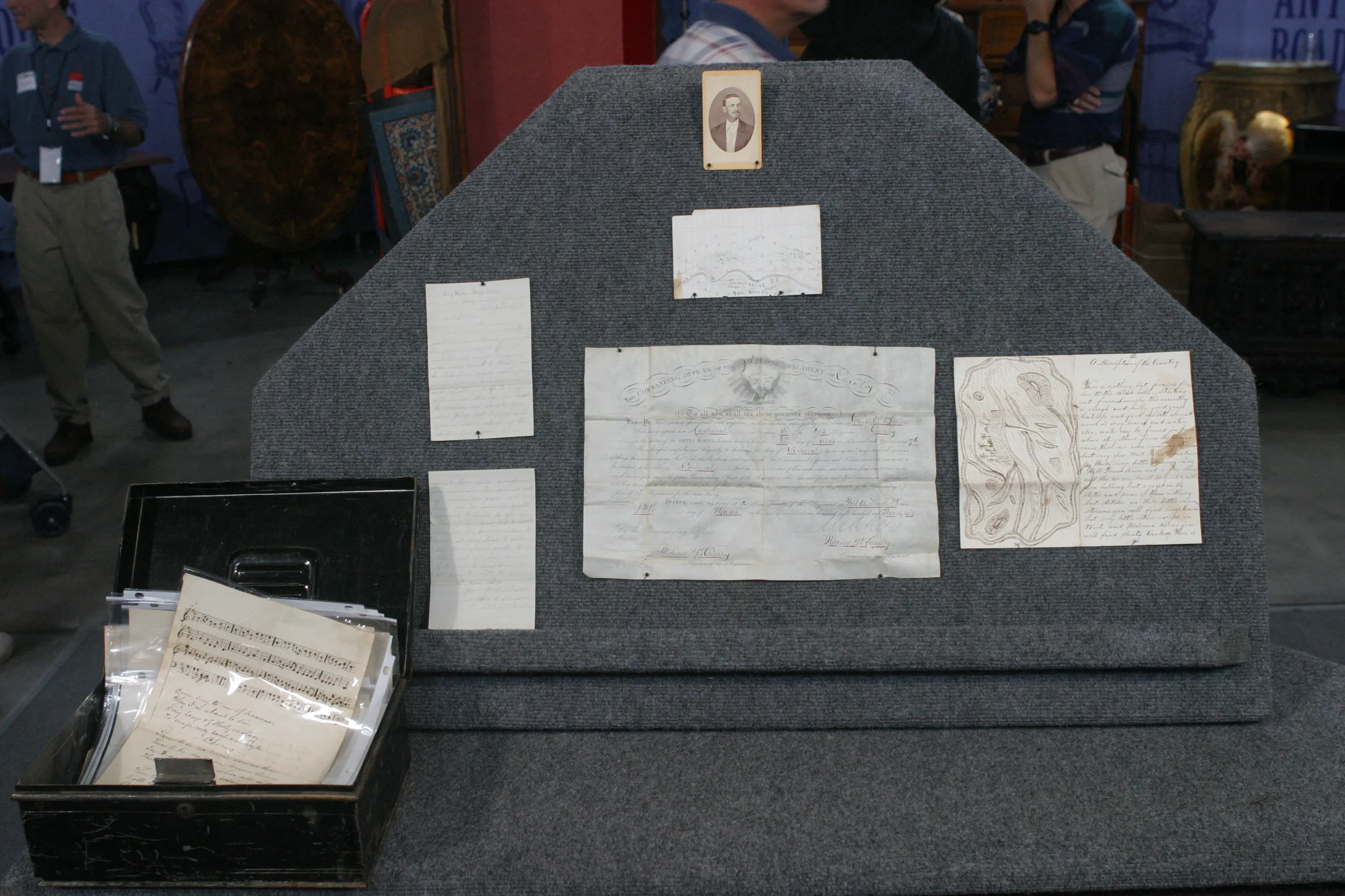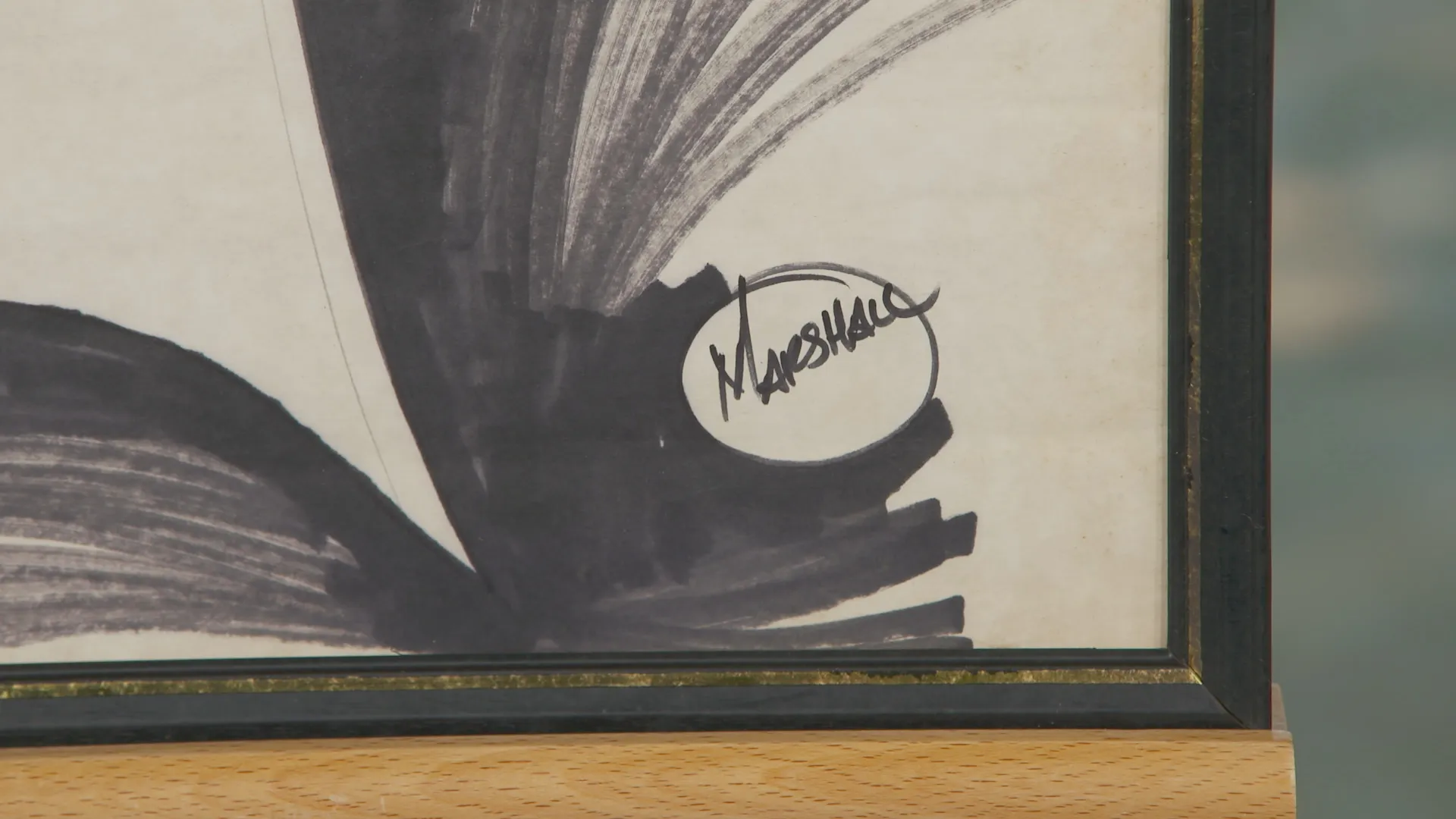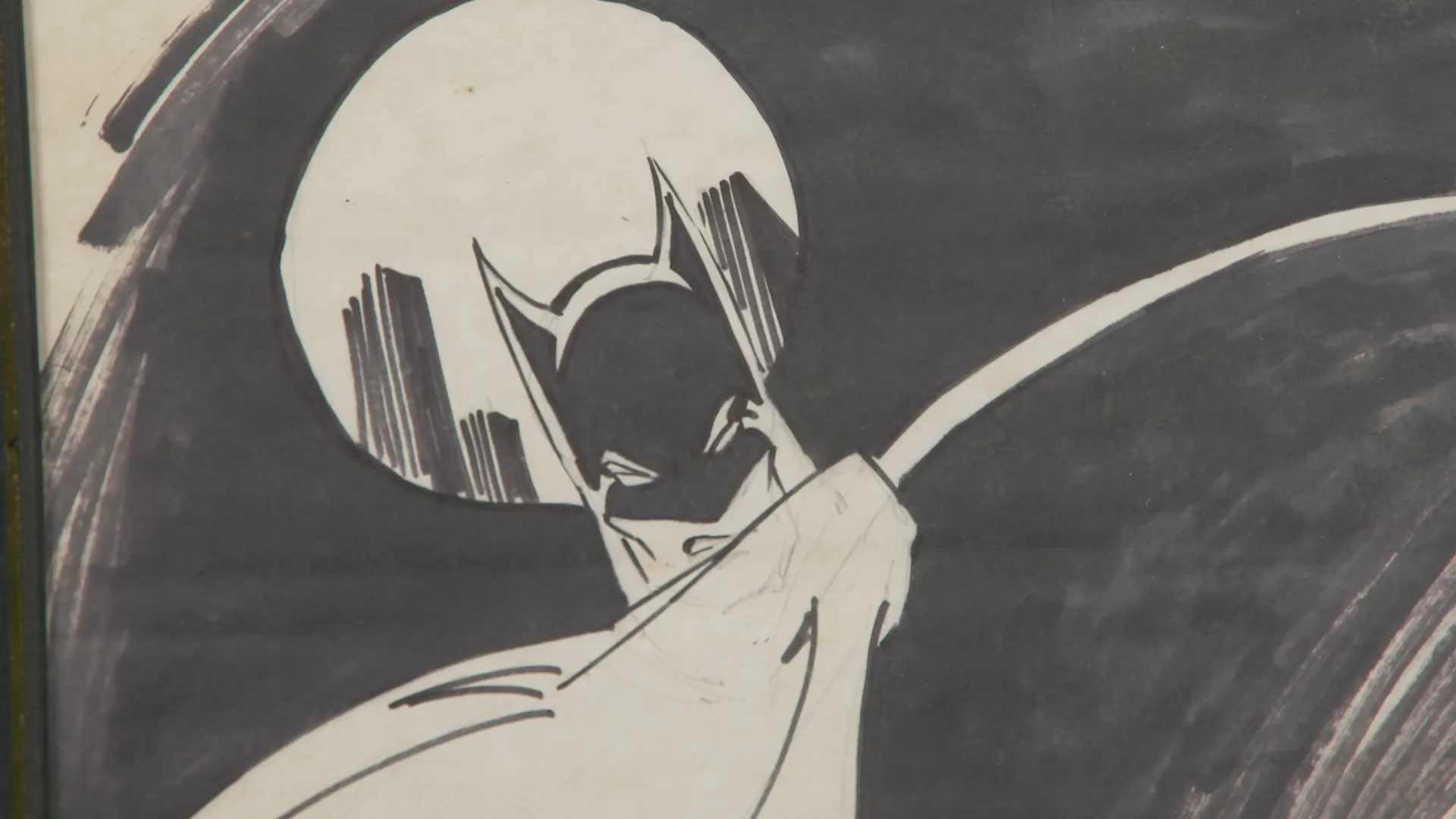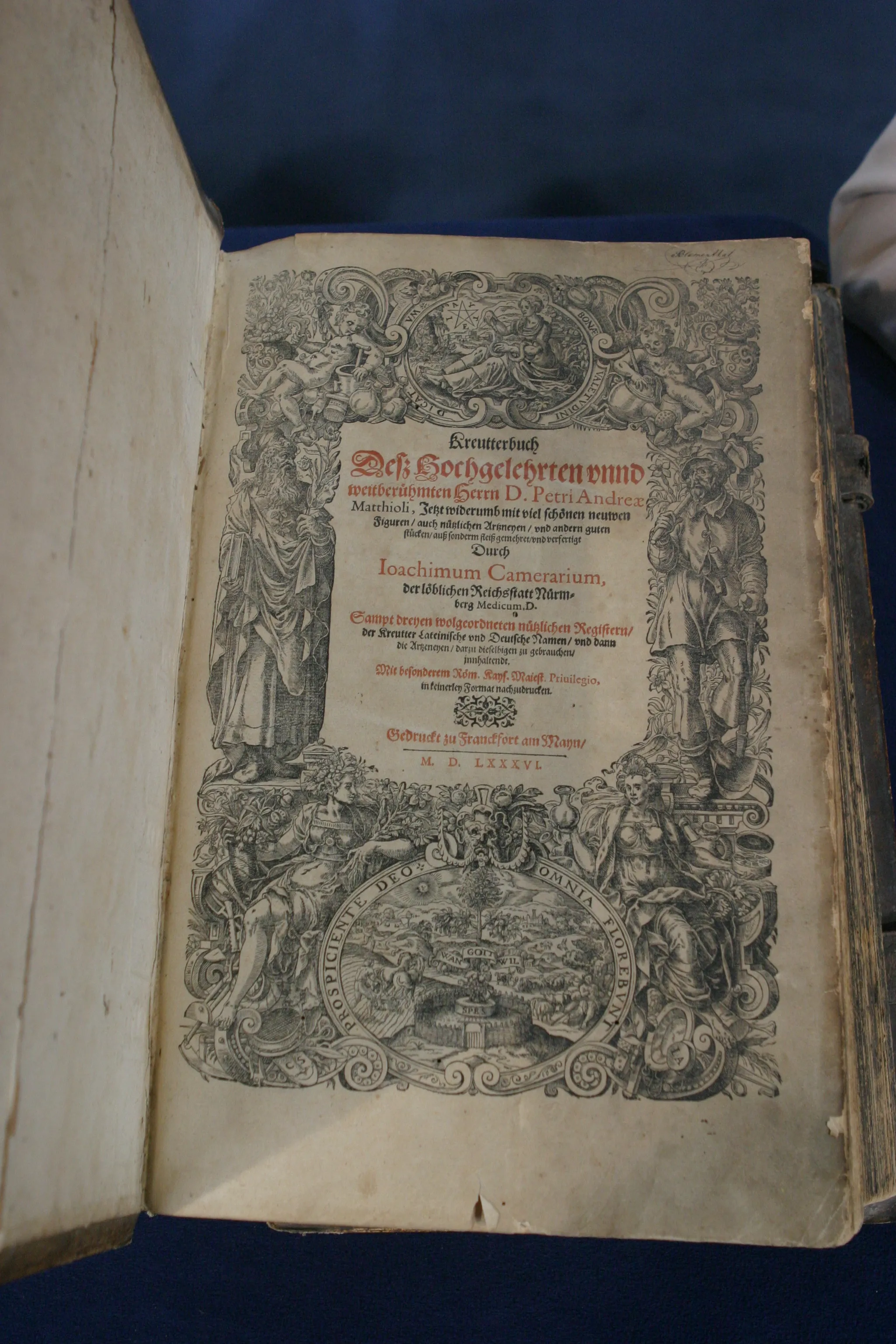GUEST: I actually got it at a estate sale maybe six months back. Paid about $20 for it.
APPRAISER: What you have here is an original sketch or drawing by William Marshall Rogers III, just more professionally known as Marshall Rogers. Contrary to most comic book artists that have that mile-long resume of all the books that they've worked on, Marshall Rogers actually doesn't have that big of a resume. But what he worked on was really important when it comes to the Bronze Age of comics. Marshall Rogers was primarily a penciller for both DC and Marvel Comics. And a penciller is the person in the beginning of creating a comic book, they're the first person as part of the creative process. They're drawing the figuration, the rough preliminary sketches, that then the inker and the colorist go in to perform, to create that full finished comic book. One of his earliest works was The Deadly Hands of Kung Fu, working for Marvel, which was a black-and-white magazine. But what he was really known for was his work on a very important, crucial part for DC Comic and Batman fans. So 1977, 1978, Detective Comics issues 471 to 476. Now, this is only six books within the long history of Detective Comics, going back to the 1930s. Now, this six-issue run, we have Marshall Rogers as the penciller, we have Terry Austin as the inker, and Steve Englehart as the writer. Now, these three combined were the perfect trifecta to come up with what fans consider some of the most iconic Batman storytelling to come out of the Bronze Age. It really pinned the Joker as this dark, sinister character that we have now seen over the past 20-plus years of film. It went on to influence the 1989 Michael Keaton movie, uh, with the interpretation of the Joker within those pages. It also went on to influence the Batman animated series that came out of the '90s. Now, when we look at this drawing, it is not something that was published. It's not something that would have appeared in a comic book. It's just simply a sketch. But looking at this, it has all that primo aesthetic that we want out of Bronze Age Batman. And what I mean by the aesthetic is just the way the cowl swoops down, the aggression on the face. We have the Gotham City skyline highlighted behind his head. It just is iconic and totally resembles what we see in issues 471 to 476. When looking at the drawing, we can tell that as a medium, he used pencil, ink, and marker. It is not dated, but based on the style and the aesthetic of the Batman, I know that it was definitely done, I would say, approximately a decade after that initial, you know, 1977-78 run on Detective Comics, 'cause the look of the Batman here is very indicative to a lot of the cover art that he was making at the time. Marshall Rogers unfortunately passed away in 2007. He was young, you know, he was only in his 50s at the time. Comics in general are just wicked-hot. It's one of the hottest fields of collecting. And comic art, when you think about it, the comic book is like the print, right? There's multiples of it? But an original piece of artwork is something that collectors really prize today. It's a great size, approximately 14 by 11. And it just has that iconic look. At auction, I'd conservatively estimate it at $800 to $1,200.
GUEST: Wow-- for $20? (chuckling)
APPRAISER: Yeah, for your $20 investment.
GUEST: Wow, that's pretty awesome.
(both laughing)
GUEST: I'm, like, what?!

